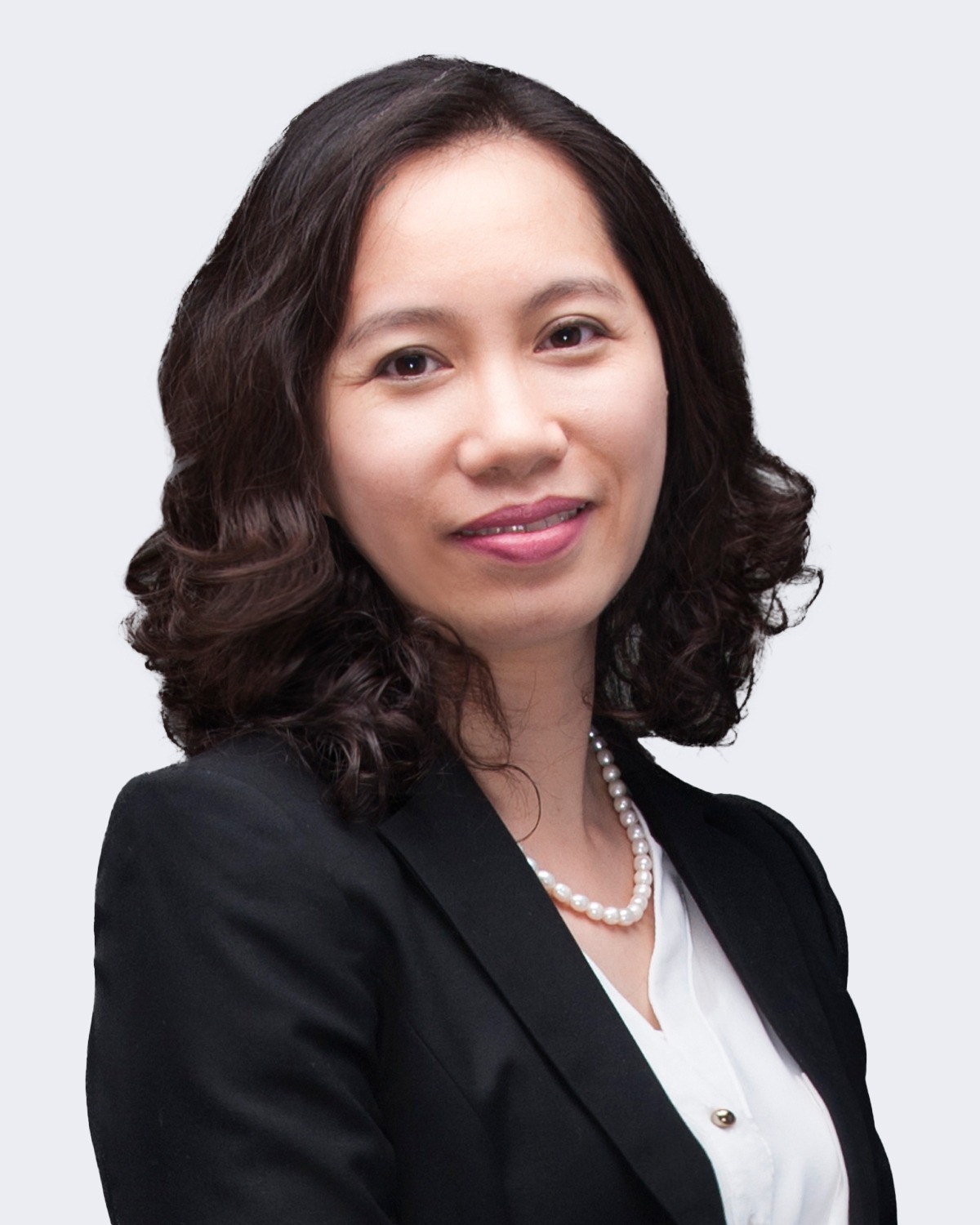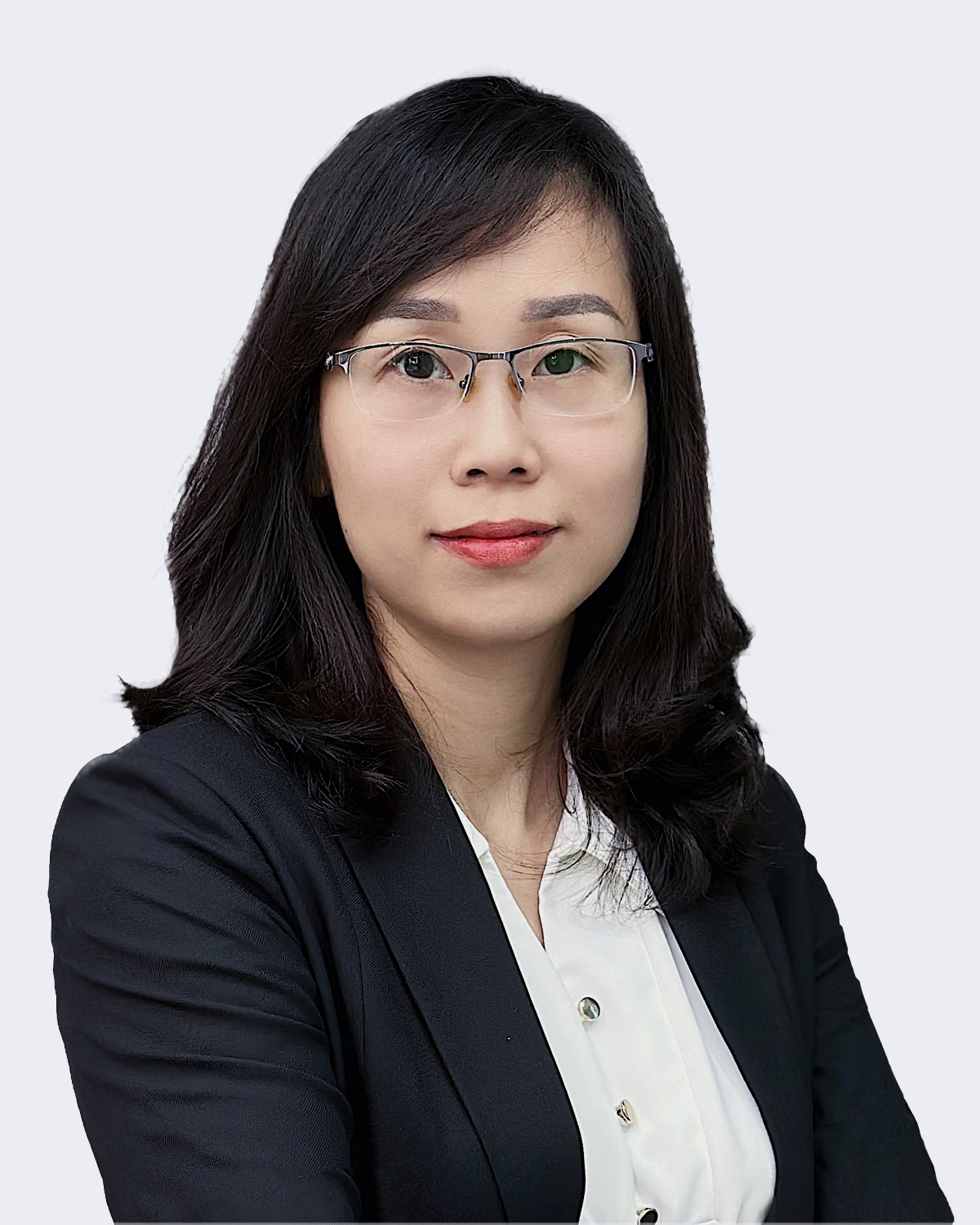The emergence of generative artificial intelligence (AI) has transformed the landscape for innovators and creators. As many legal practitioners have pointed out, it’s imperative for both developers of AI and artists using generative AI to understand the intricacies of intellectual property (IP) strategies so they can navigate this evolving terrain successfully. This article lays out some essential considerations relating to the major types of IP for both developers and creators in the realm of generative AI. IP Strategies for Developers of Generative AI Developers of generative AI technologies play a pivotal role in the innovation landscape. There are three overarching IP-related issues to consider: protecting their own intellectual property, mitigating the risk of violating other people’s IP rights, and IP commercialization. Key aspects of these concerns, along with suggested approaches for developers, are outlined below. Protecting IP Copyrights. One of the primary considerations for AI developers is the protection of AI-generated works, such as art and source code. The good news is that in most countries, these creations enjoy copyright protection without the need for registration. As a result, the works are automatically protected from the moment of creation. However, it’s crucial to maintain comprehensive records of your work to establish your ownership. Trademarks. Trademarks are vital for AI developers looking to establish and protect their brand. Pay close attention to Nice classifications, particularly class 9 (for software), class 35 (for business management and online marketing), and class 42 (for software design and development). Registering trademarks in these classes can provide robust protection for your brand and products. Patents. For truly innovative AI algorithms, techniques, or processes, consider the option of patenting. Patents offer strong protection, but they require a thorough application process and the documentation of your innovation, including evidence that the invention is novel, non-obvious, and practically









